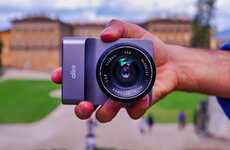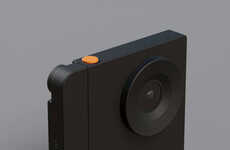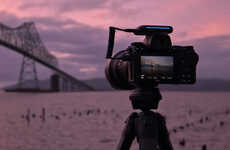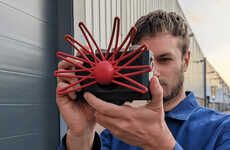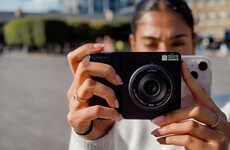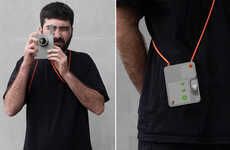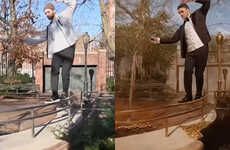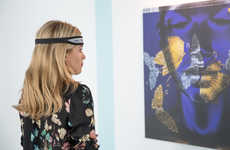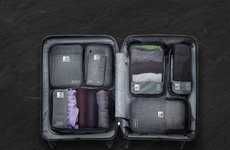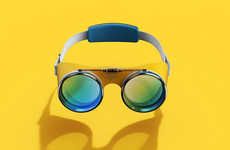
'Trophy Camera' Refuses to Take Pictures Unless They're Award-Worthy
References: driesdepoorter.be & digitaltrends
Unlike virtually every other piece of photography equipment, the Trophy Camera -- a product and art project developed by artist Dries Depoorter and PhD student Max Pinckers -- aims to make it incredibly difficult for users to take a picture. The AI-powered camera rig refuses to let its user take a photo unless the image is at least 90 percent visually similar to one of the winning photos from the archives of the World Press Photo exhibition.
Trophy Camera's exercise in perfection is a response to the ubiquity of cameras today. With smartphones, most everyone carries around a high resolution camera in their pocket at all times, but this doesn't mean that anyone can take a beautiful picture. The Trophy Camera aims to prove just how difficult it is to take a truly memorable photo.
Trophy Camera's exercise in perfection is a response to the ubiquity of cameras today. With smartphones, most everyone carries around a high resolution camera in their pocket at all times, but this doesn't mean that anyone can take a beautiful picture. The Trophy Camera aims to prove just how difficult it is to take a truly memorable photo.
Trend Themes
1. Perfection-driven Cameras - Developing AI-powered cameras that require a certain visual standard before a photo can be taken presents an opportunity for affecting the market towards quality-driven products.
2. Restricted Photography Equipment - Creating cameras with restrictions, artificial or real, that influence the photographer's style or can reveal their creative processes can disrupt the photography tool market.
3. AI-enabled Cameras in Art Projects - The successful deployment of AI-enabled cameras in art projects presents opportunities for similar installations in public or commercial settings, possibly give rise to new photography-based art installations or events.
Industry Implications
1. Photography Equipment - Companies that produce photography equipment can explore the idea of building an AI-powered camera that forces an arbitrary standard in capturing visuals.
2. Art - Incorporating such AI-enabled gadgets into art installations opens up room for interesting collaborations between technology and art filmmakers.
3. Retail - Creating photography equipment with heavy restrictions may attract consumers looking to explore the art of photography and would benefit local retailers.
2.4
Score
Popularity
Activity
Freshness



